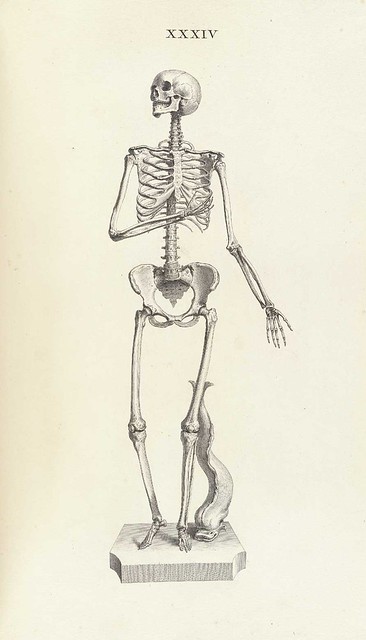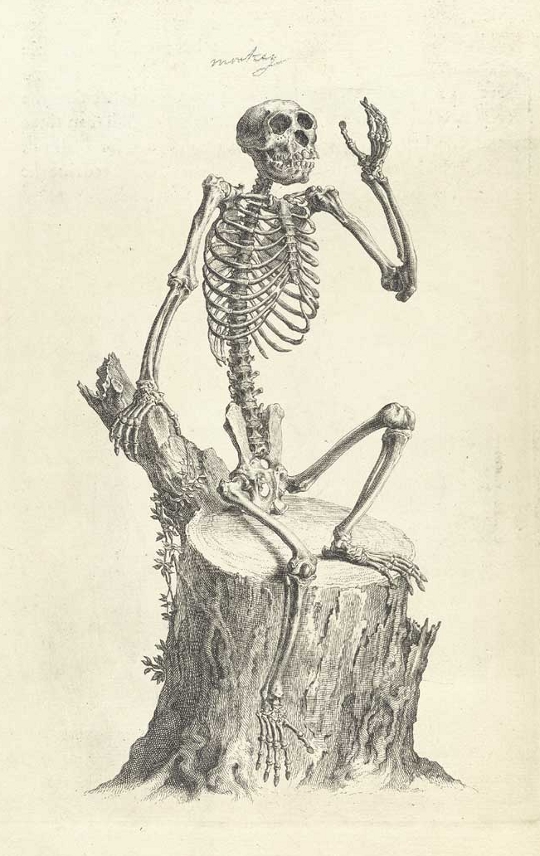“You may encounter many defeats, but you must not be defeated. In fact, it may be necessary to encounter the defeats, so you can know who you are, what you can rise from, how you can still come out of it.”
Maya Angelou
In the course of my lifetime, I have failed many times. I’ve changed career paths multiple times, lost friendships, burnt bridges, and failed to meet deadlines. Right now I am in the beginning months of a new job as a high school teacher, with a teaching-load that seems almost insurmountable. Everyday, I have to teach three classes of anatomy and physiology, two classes of AP Biology, and one research class. I am responsible for planning lessons, coming up with activities, and grading. In short, I am overworked and overwhelmed, to the point that simply doing a mediocre job is leaving me on the verge of burn-out. Perhaps, in time, I will become a good teacher. But for now, I am not. I am, quite simply, a mediocre teacher, perhaps even a teacher edging into failure.
I see a similar parallel in some of my own students. I teach AP Biology to a group of very high-achieving tenth-graders, many of whom have spent their lives getting A’s and being told they are special. I am required to teach biology at a college level, which means that I have to cover the material at a faster and more detailed pace than what my students are used to. At their age, my class represents my student's first real foray into the demands of college-level work.
Some of my students have risen to the challenge while others are struggling to keep up. Unfortunately, some of the struggling students are starting to lash out at me. And although I remind my students that hard work is essential to success, some of them simply aren’t putting in the necessary time, instead creating flimsy excuses for their poor performance.
Failure – and our response to failure – is what defines us. Failure is what spurs us to move on, to try harder, and to change. Failure is the point at which we adapt and become stronger. Or rather, failure is an opportunity to adapt and become stronger.
I wish that I could tell my students the importance of learning to fail. Even if I did, I am not sure that they would listen. I suppose that is a lesson that they will have to learn on their own.
Even if learning that lesson requires failing first.
Failure – and our response to failure – is what defines us. Failure is what spurs us to move on, to try harder, and to change. Failure is the point at which we adapt and become stronger. Or rather, failure is an opportunity to adapt and become stronger.
I wish that I could tell my students the importance of learning to fail. Even if I did, I am not sure that they would listen. I suppose that is a lesson that they will have to learn on their own.
Even if learning that lesson requires failing first.



